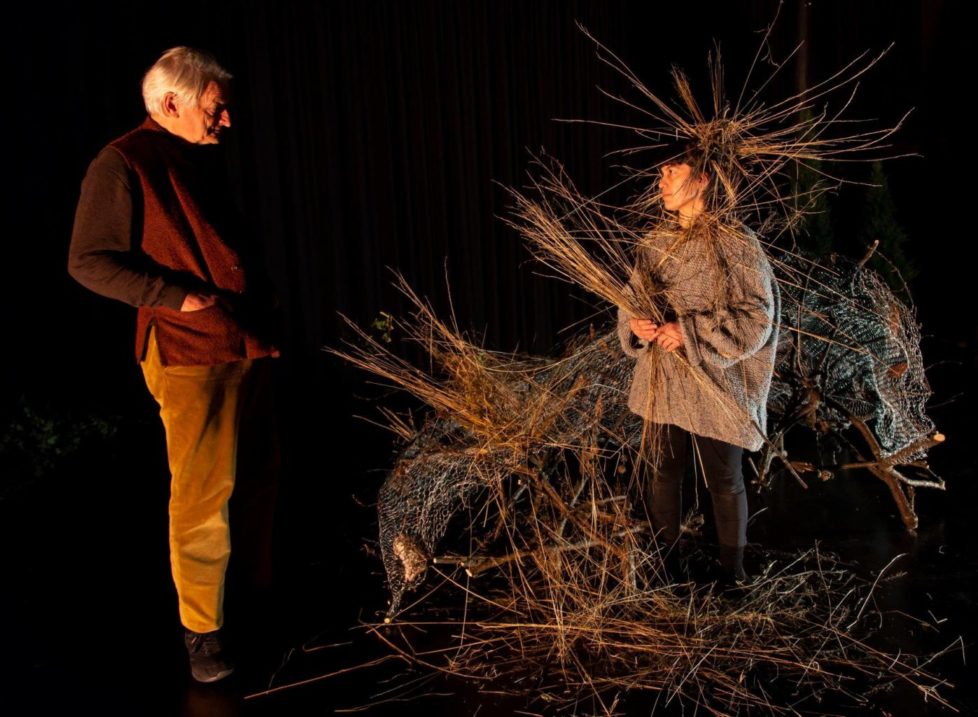
To people like me, retrospection is pointless. And yet, that is exactly what people like me tend to do – to an unhealthy degree. It’s part of the job of being an art critic, it’s said, and you can have any opinion you like about it, but one thing is correct: Retrospection really is part of the job. But it is also part of the curse, since the job is a consequence of the curse. At the end of any given year, those of us who regularly deliver texts about art to newspapers are often told by our editors to summarise so-called tendencies and trends we may have noticed during the past year. Somewhat less frequently, but frequently enough, one is a couple of weeks later the oracle called upon to express opinions regarding the year which has not yet really begun. These are two vastly different things, even if they have the same tabloid origin. Personally, I find that the annual retrospective spasms are a bit like being forced back into lower secondary school to improve your marks in all those subjects you never had any talent or use for, and definitely no interest in. Or like being transported even further back in time, to the German occupation of Norway – naked, afraid, and covered in shit. But I won’t dispute that there is a purpose to these repeated trials and tribulations, which will always trump the suffering. It’s important to remember. And some things are more important to remember than others. The quintessential example of this is the occupation. Five years which defined not just a decade, but half a century. The Second World War is still the first thing many people think about when someone proclaims – like I just did – the necessity of remembering, since it has been part of our upbringing never to forget those years. Which is correct, of course; the necessity of remembering became truly impossible to downplay, or to casually disregard, after Auschwitz. But here and now, I wish to draw your attention to memory as such. It is important to remember.
Remembering is difficult. The collective memory can, for obvious reasons, not be trusted, and the individual memory is a troll that lives deep inside the mind and never takes a break from its assiduous labour to reshape actual events into an increasingly fictitious and foggy narrative centred around one’s own person. An ego producing machinery where either negative characteristics are retouched away – because your slowly and carefully crafted identity dictates that not only are you a very central and important person, but also unfathomably beautiful – or all your mistakes, icky experiences, and complexes are, conversely, allowed to grow uncontrollably until they have formed vast mountains of self-contempt which continue to expand and reach immeasurable proportions, generating extreme self-harm and bad poetry under a devilishly large, dirty, and moist washcloth of numbing existential meaninglessness and indigestion. Depending on what you are prone to and, of course, to a varying (and usually less dramatic) degree. With vanishingly few exceptions, these are the two dominant models for individual recollection. Two highly different, but equally effective ways of making sure you don’t get invited to places where people enjoy themselves. That won’t do, of course, which is another reason it’s important to remember. Even if it is impossible and you have to strain until your face turns purple to get the recollection almost right. Because although memory evidently fails, and especially over time, you must almost completely lack cognitive ability not to understand even the most rudimentary summary of what happened in Norway during between 1940 and 1945 as the penultimate description of how collective trauma became a deep-rooted determinant – how could it be anything else – of national identity and modern myth creation.
Not anymore, of course.
The nation state, for example, is pretty important to remember, since it no longer exists outside of memory. All the well-meaning social democratic intentions, the vision of an inclusive community, and the fragmented traces of it. The increasingly demonstrative vulgar greed behind the melancholy and nostalgia which compel some to go hiking in the mountains while this planet still has snow. Society as an actually functioning reality was basically phased out during the very decade I am now breaking out in a cold sweat over having to look back on. Something that can only be remembered. A projection of what is lost, after it was almost unnoticeably dismantled and sold to foreign buyers. The unpleasantness of having to summarise anything at all that happened during this period of time stirs up an unforgiving fury in me, not unlike what a member of Norway’s current government might feel at the sight of a poor child receiving a free meal. Not just because there is ten times as much to remember as when considering a single past year, but because it contains a hundred times as many things I am desperately trying to forget. Turns of decades are ominous – there are no limits to the destruction that can be accomplished in a ten year span. The feeling of being forced back to lower secondary school immediately transforms into the feeling of being a prisoner of war in Denmark, waiting to be interrogated.

But, well, that can’t be helped. And the job must be done, of course, because it is important to remember – even if the task does leave you sitting apathetic in front of the screen with an empty gaze, the way I’m doing now. Allow me to illustrate: If I were still the man I was ten years ago, I would have been slightly worried about my staring at the screen for so long without writing about, or even completely accepting, that the new decade is already over. A solid form of inactivity. Disinterestedly surfing porn, passively registering the headlines of the day, the deadline further and further behind me. I wouldn’t be panicking, not even close, but considering how long this has been going on, I would be getting a little bit worried. A little bit. That would have been the case ten years ago.
Not anymore, of course.
Because you toughen up considerably when most of your allotted decades are spent. Now it doesn’t worry me whatsoever. I don’t give a shit. Really. And it isn’t only because the 2000s in retrospect seem so much more eventful and interesting than the 2010s (they weren’t, but I feel like they were). It is just as much about my doing this on overtime. The ten year perspective rubs it in; didn’t I have other things I was supposed to do? What in this talentless nouveau-riche blueish-black oil Gehenna is sustaining the degradation? Why am I still broke? How come I am still sitting here, writing art criticism? When are you allowed to die?
Yeah, yeah, I know. This isn’t about me. Seriously, it really isn’t, and it never was. But from where I am sitting now, I would like to take the opportunity to speculate a little about art criticism itself, both as an actual physical experience and as part of a public conversation. This isn’t digression or a sudden whim. It is motivated by how deeply I, what I write, those who read – art criticism, the news, sonnets, whatever it is – and all my hard-working colleagues, the other art critics, as well as the artists, the minister of culture, the art community, infrastructure, and every other particle and speck of dust on this perfect planet have changed since 2010. Back then, art criticism was the new oil: every godforsaken local newspaper in Norway had to have a freelancing critic to salvage its cultural credibility. Art criticism was actually hot. I even think some people read it. Imagine that! Some things change slowly, others appear not to change at all. But most things will basically become radically different given a few days or a week – even if it doesn’t regularly happen every week. As for me, I tend to move slowly. My first attempt to quit art criticism took place in 2004. That didn’t go as planned. Roughly six years later, at the start of the paranoid 2010s which this text is about, I was wondering if it wouldn’t be best for both art criticism and art critic if there was a limit that dictated how long someone was allowed to write and publish reviews. Five or six years, say, with an added option to apply to the Norwegian Critics’ Association for an extension of up to perhaps two years. Long enough to work up and establish a credible voice and give the public conversation a vitamin injection. Not long enough for art critic and art criticism to burn out and get stuck in a loop of outdated points and recycled witticisms, to finally end up lying like a mouldy wet blanket over the half-heartedly maintained discussion which has gradually decomposed into a senile mumble with a smoker’s cough, since the same people have been keeping it going for most of their adult lives. Consequently, it is tempting to say that not only the art critics, but every single upright professionally active citizen, not to mention the society we no longer have, would have benefited from being subjected to a regime of people having to quit doing what they’re doing before stagnating. This is what I thought in 2010. Not because I myself had stagnated, but because the rest of the world had. Not because I had grown tired of, or displeased with, my own contributions – no, no, I was writing better each day, and still am. But there really are some other things I should be doing. Sooner or later, but preferably ten years ago.

The potential benefit, or possibly the stigmatising backside, of being an art critic for a long time lies in the certainty that all thinking is wishful thinking, and all text thus aims at being prophetic. You don’t need to be an art critic for many decades to realise this, and this is why it is ten times more interesting to take on the role of the oracle and speculate on what has not yet happened, than to helplessly attempt to provide an account of what already occurred. Even if it is important to remember, and even if I – in a way – am doing this summarising shit job now. I am just telling it like it is. The future will always have a potential which the past can’t have, and it is incredibly satisfying. It may even constitute a form of ecstatic intoxication, to invent a bunch of crazy shit to unleash onto the public under the guise of well-considered speculations and prognoses, just to see it become reality within days of publication.
Because an art critic who in January fills columns with guesstimates of what is to come unavoidably affects what later transpires (provided that the critic attracts the boys, and accordingly is routinely read by the girls). This is the case not just within art, all the other stuff works in exactly the same way. I have, as with so many things, said it before: Nothing will happen unless someone writes it first. The only question is who has the actual mandate – since it sometimes occurs that art critics mean and write very different things, and may even disagree. If we go beyond 2010 and just a little bit further back, I have, for various reasons, had that mandate in Norway for a relatively long time.
Not anymore, of course.
And why should I? It wouldn’t be good for anything or anyone. It is impossible to achieve anyway, not just for me, but for anyone. The element of surprise was lost fifteen years ago. The Machiavellian strategy of being capricious and unpredictable has been unveiled, the method closely studied and taken into consideration, and routines revised – in case anyone else were to try it. The practice of breaking established norms as a career chess move and anti-establishment shock therapy, to call attention to yourself far beyond this field and be read by as many as possible – with equal parts jealousy, cred, and influence, and a trail of insulted bartenders as a consequence – is now a closed and carefully guarded gateway to the debate. This happened around the same time as heads of Norwegian institutions almost entirely ceased responding to criticism, since they realised first, how bad it made them look and second, what a waste of time it was, as they still held the actual power and were in no way threatened by the critic.

The only way a critic can break that code, which I pulverised in a dark past, is by making it as clear as possible that not only are you obedient and pathologically passive, but downright terrified. Anyone who wishes to achieve anything near a corresponding mandate in the public eye in 2020 must have money, a nice smile, and zero ability for independent critical thought. In reality, this mandate doesn’t exist anymore. Seen as an isolated phenomenon, this is a good thing, as so few actors prioritise the common good over their own safety. This is a symptom which comes as an effect of what really defines the bleak 2010s: It was during this time that artists and writers born after 1970, within the established cultural policy, had their roles redefined as ‘young talents’, and an oeuvre could in all seriousness be understood as part of ‘the creative industry’. The increasingly threatened stipend system – whether the threat comes in the form of slashed funding, longterm phaseouts, or coup-like attempts to place the allocation process outside all professional involvement – and the discredited Arts Council Norway, together with everything named Statens (i.e. the state’s) something-or-other, will probably eventually be replaced with the hyper-liberal monster fittingly named Talent Norway. This is an institution that burned serious amounts of cash promoting itself by way of an exhibition at the landmark institution Astrup Fearnley Museum of Modern Art, with an arbitrary group of art talents and an at times entirely unintelligible catalogue boasting a corresponding amount of writing talents. Paid labour, and more than decently so. But this talentification isn’t incidental, and the agenda isn’t the effect of conscious misunderstandings originating in the classrooms of BI Norwegian Business School; this bullshit is happening for a reason. Add to this the ongoing progression in Oslo from having a few landmark buildings to becoming a landmark city, and the entirely plausible scenario that the National Museum is transformed into a privately owned adventure centre for paying members (which would be entirely in line with the Norwegian government’s current policies to replace professional competence with good investments – whatever was jointly owned has, after all, been more or less sold out, and isn’t it nice that we have a museum at all?) and everyone with hair between their legs should be able to apprehend that the actual mandate lies far outside the art community. And it always has, but the governing powers never used to care much, as they didn’t understand anything. Cultural policy was basically about distributing funds, and unless someone called too much attention to themselves, or made money abroad, these losers were left to their own devices.
Not anymore, of course.
There is nothing more anarchistic than power. Power does what it wants. There is a not-so-slight pleasure in allowing yourself to do what you want, and an even greater pleasure in demonstrating your sovereignty via the use of power. For example, you can refuse to apologise if you cross the line with the powerless, even if you are pressured to do so. Especially if you’re pressured to do so – that will just heighten the pleasure of showing your contempt through refusing. Or you can green-light the installation of a powerful mobile network that makes birds fall dead to the ground, and which will most likely fry the brains of everyone nearby because the poor are whiny and jealous and because fuck the Law of Jante. Nothing stands in the way of proudly exposing how little you care about taught and forced decency, for example, by giving a convicted rapist the responsibility for the care of people who have been raped, emptying chemical waste in the fjords, and fuck Lofoten since everything north of Mo i Rana is to be sold to a German experience-event company based in the Virgin Islands anyway, because it must be allowed to make some money off of all this destruction. When it’s gone this far, it is sadly irreversible (in about the same way, and for the same reasons, as a serial killer with twenty victims on his list of achievements never for a moment considers quitting and just leaving the twenty-first one in peace). The decade we have just shut the door on was packed with indications that this will not end well, and it should be recognisable to anyone with a modicum of education. There are countless historical case studies of what happens immediately preceding the collapse of a civilisation, but the Roman Empire under Nero is probably the example which most resembles our battered present. It isn’t like there is a lack of information and documentation; we know exactly how this ends. It is far more uncertain who will win the Idol finale.

The compulsion of the ruling forces to undermine and restrain art and its conveyors belongs to this development – or this dismantling, rather. This is linked to everything already mentioned. From outside the arts, where these phenomena are presented as active cultural policy, it may all look harmless enough. But in reality, what is taking place is the deliberate disassembly of a functioning system under the pretence of having something to replace it with (private funding is frequently mentioned in this context, and let’s not forget Talent Norge and its ‘potential for development’). Politicians say artists must become independent, but what they mean is that they want to watch them slowly starve to death. Meanwhile, the Norwegian media conducts a synchronised stigmatisation, where artists are regularly called whiny. The true agenda behind all this drivel is to make all actual progress within contemporary art cease. At any price. This obsession is owed to a paranoid reflex which seems to emerge every time power is allowed to go full speed, and politics transmutes into profit-driven crime. On the surface, it may seem like all someone needs to do to representatives of power is to find their home addresses on Google Maps, and they will immediately wet themselves and point a trembling finger at an independent theatre (and then with an impressively graceful change of tone wail about “personal tragedy” when a minister’s spouse attempts some creative edits to reality). The fear lies much deeper, however, within the very essence of art.
Only rarely does anyone provide a good answer to the question “what is art?” But I’m going to be nice and give you a few. Art is a part of being human which some people are more disposed to develop and use than others, but which we all have equal need of. Art is what we don’t know, and therefore stands in natural opposition to what we think we know. Because of this, art is deeply important, as it invariably challenges the boundaries we are trained to accept, and thus stimulates the ability to think outside not just the box, but also the body. Art is very accessible and democratic; it exists for everyone. Art is mind over matter; a well-placed urinal can be enough to change not only history, but how we see ourselves and the world around us. Art is the part of the map we will never finish, but it is also the only tool we have to pave our way forward. Being an artist brings with it a huge responsibility and demands a great deal of overbearing and patience with talentless greedy muttonheads who talk about this crucial work as a ‘hobby’ and its practitioners as ‘talents’. At least, up until the point that they, as they did in the 2010s, start ripping apart the foundation of the whole system and you can no longer afford to be patient.
Because behind all the obfuscation and the broiler production of talented Hattifatteners with Instagram accounts, a far darker fact looms. Namely, that those in positions of power started to arduously annex parts of the art world, pushing art and its conveyors into a sordid mishmash of entrepreneurialism and powerpoint language, is completely in line with the other developments. Value is the same as price. Attained competence must be eliminated. When viewed in this context, the vanishingly few kroner set aside for the stipend system don’t mean much in a country where the letters V and Y are said to have a price tag of NOK 280 million (EUR 28 million). The attack on contemporary art is either ideological, or motivated by downright sadism. Or – and there is every reason to believe this is the case – both.
There is, of course, nothing to be done about the past, aside from manipulating how history is recorded until the past aligns with one’s own spooky agenda – and let me tell you, it is an uneven match. I am terribly alone, and what goes down in the history books as the defining aspects of a decade rarely matches what I remember as important. Re-evaluation of the past was itself a huge part of what the latest decade was about – not just with regard to art, but overall. Even if the buildup started earlier, the 2010s brought with them the reappraisal of Hanna Ryggen’s work, which considerably altered Norwegian art history, first through her inclusion in Documenta 13 in 2012, then with the launch of Marit Paasche’s biography Hannah Ryggen. En fri (Hannah Ryggen: One free) in 2016. In 2014, Henie Onstad Art Center mounted an ambitious exhibition around Ryggen’s tapestry Vi lever på en stjerne (We are living on a star, 1958), which prior to Anders Behring Breivik’s bomb attack on 22 July 2011 had been on display in the H-block in Oslo’s Government District. Fittingly, the growing interest in Ryggen’s work coincided with the final breakthrough of textile art, and even if the two are related, it may seem like the synchronicity was incidental. The applied arts in general were more frequently discussed and taken more seriously. Toward the very end of the decade, the type of pivot which is a natural part of a society where capitalistic predation has in essence excluded a third of the people from democracy and draws close to the point where fascism is a logical consequence: Statens Kunstutstilling (the National Art Exhibition) – commonly referred to as Høstutstillingen (the Autumn Exhibition) – suddenly became a relevant arena, with a dynamic that was impossible to remain unaffected by. Then again, it is one of few institutions where “state” is still part of the name – for now. Because the Norwegian state is being erased while we sit here, and the ground our children and their grandchildren were supposed to walk on is being stolen form underneath our feet. And not only in name.

Translated by Celeste Sjölin.
Tommy Olsson (f.1963) is a Norwegian art critic and author, based on Nesoddtangen. He is trained as an artist at the Art Academy in Trondheim and the State Academy of Fine Arts in Amsterdam and holds a degree in curatorial practice from Bergen Academy of Art and Design. His latest publications are Å miste noe verdifullt med vilje – Notater 2007 – 2017 (Kolon, 2018), and Farlig begjær – utvalgte tekster om kunst (Kolon, 2019). Olsson writes regularly for the newspaper Klassekampen.
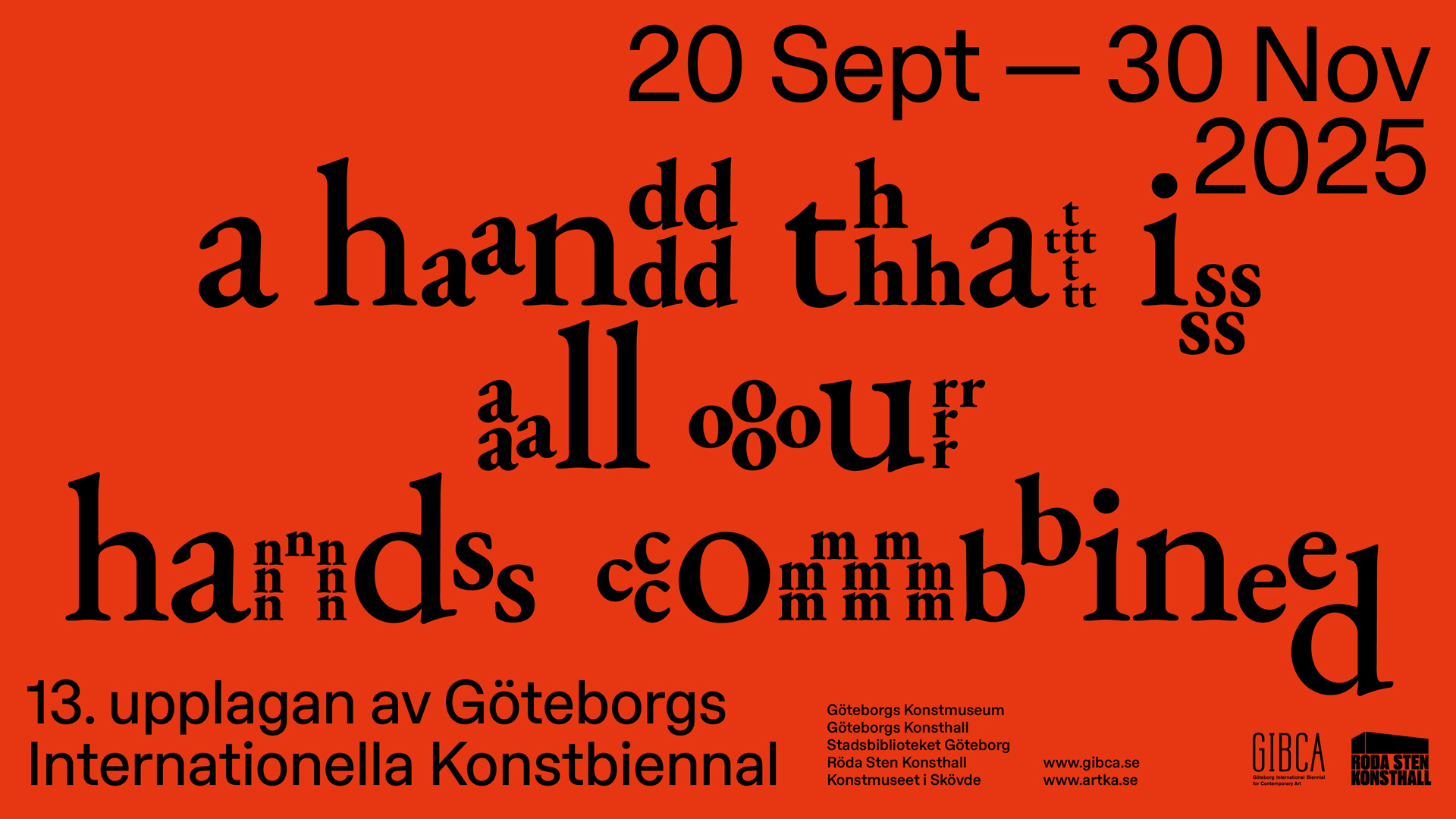


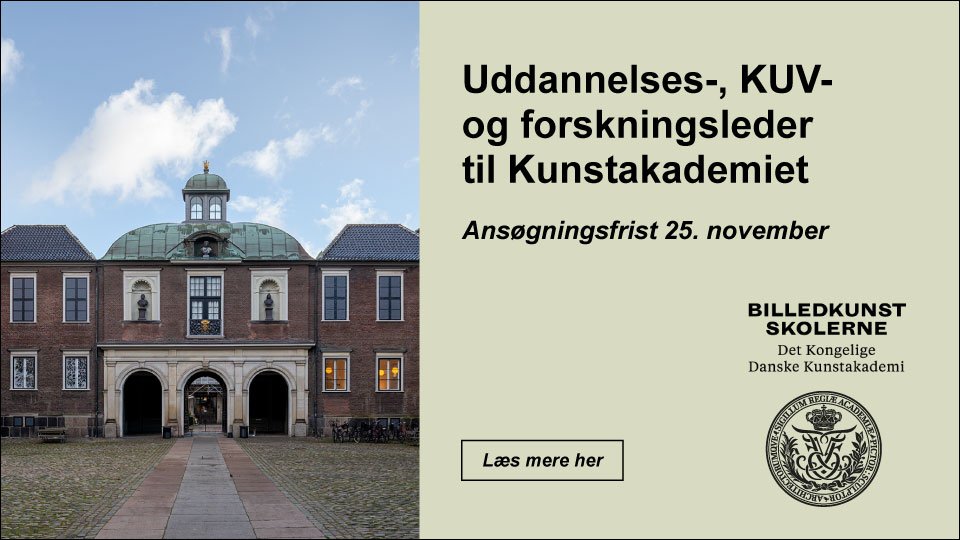
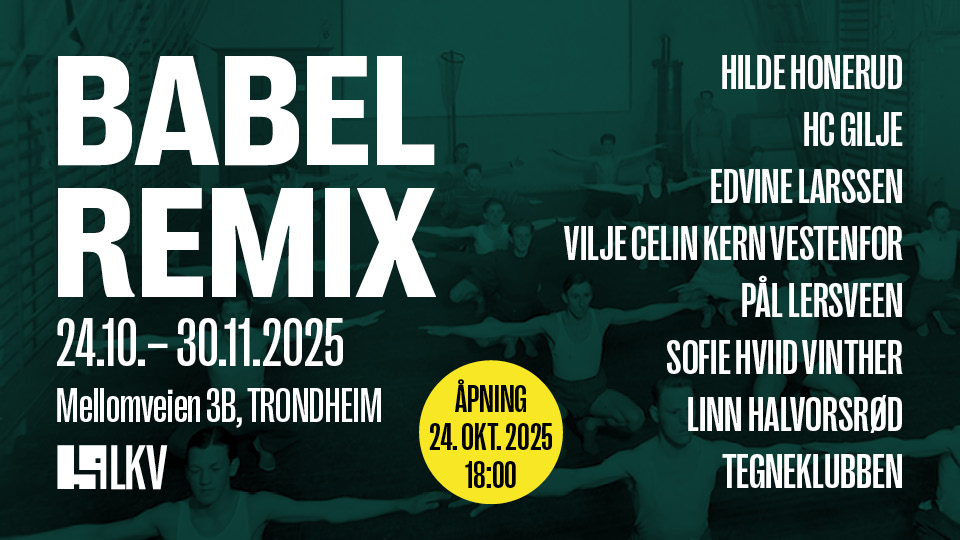
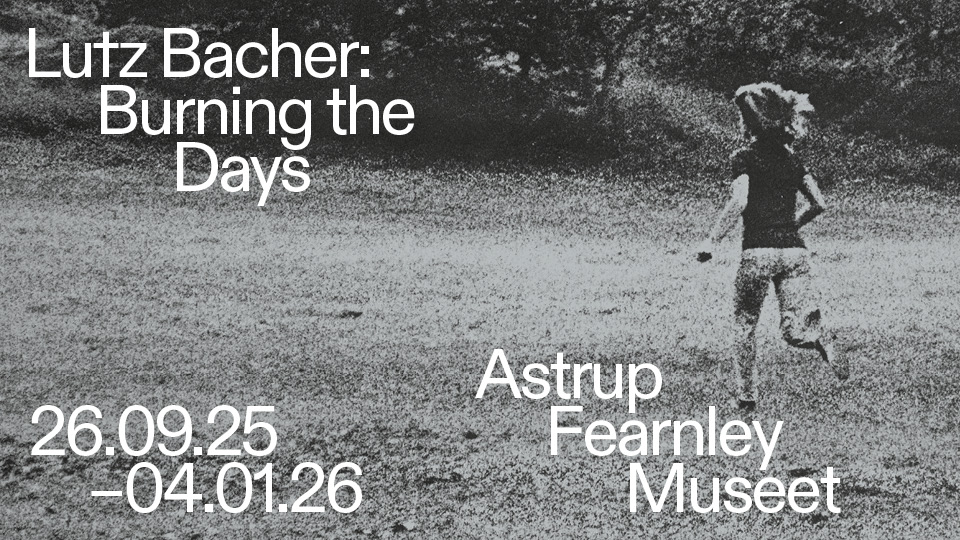
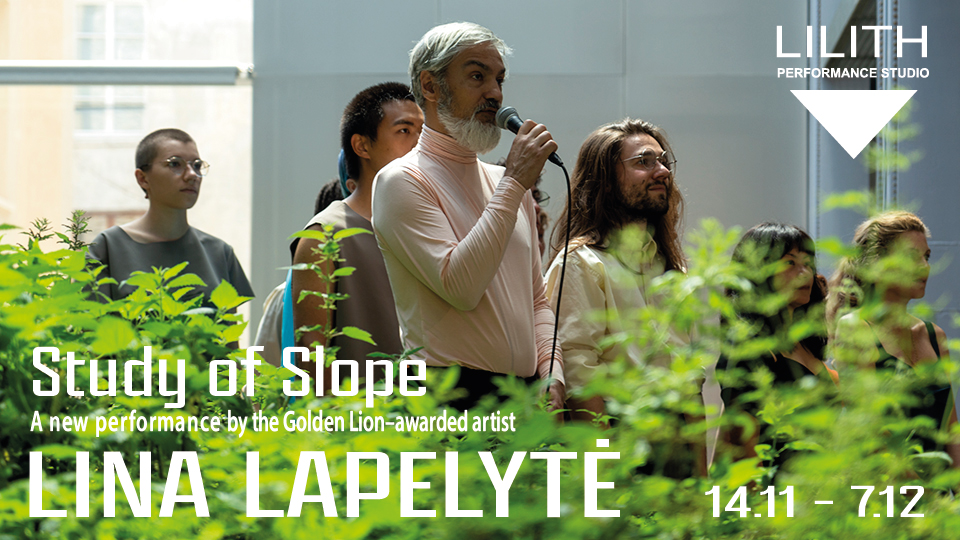
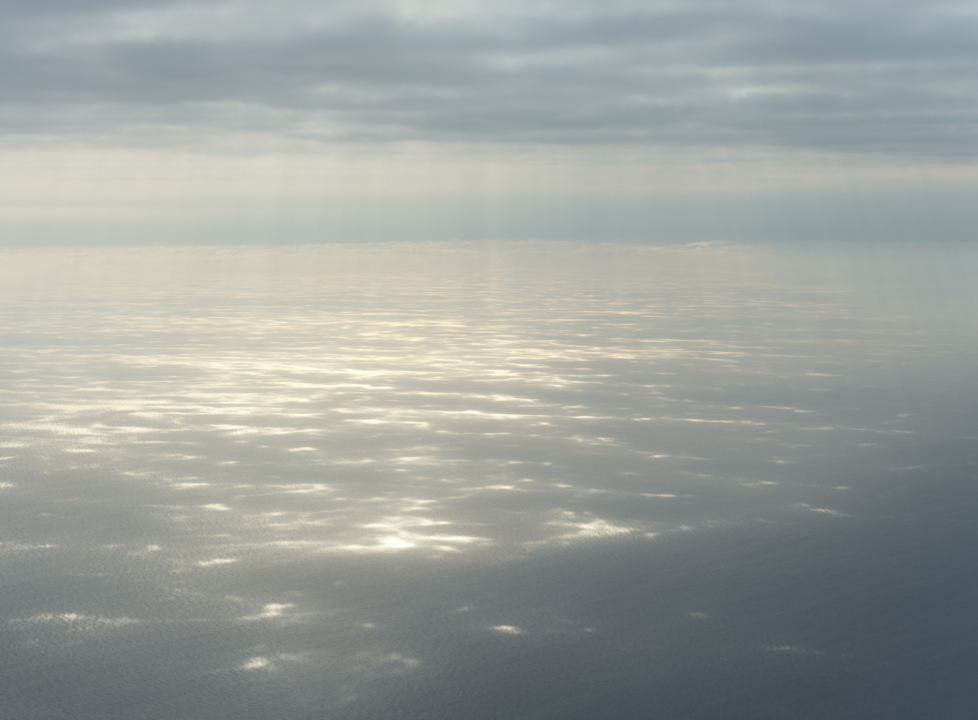
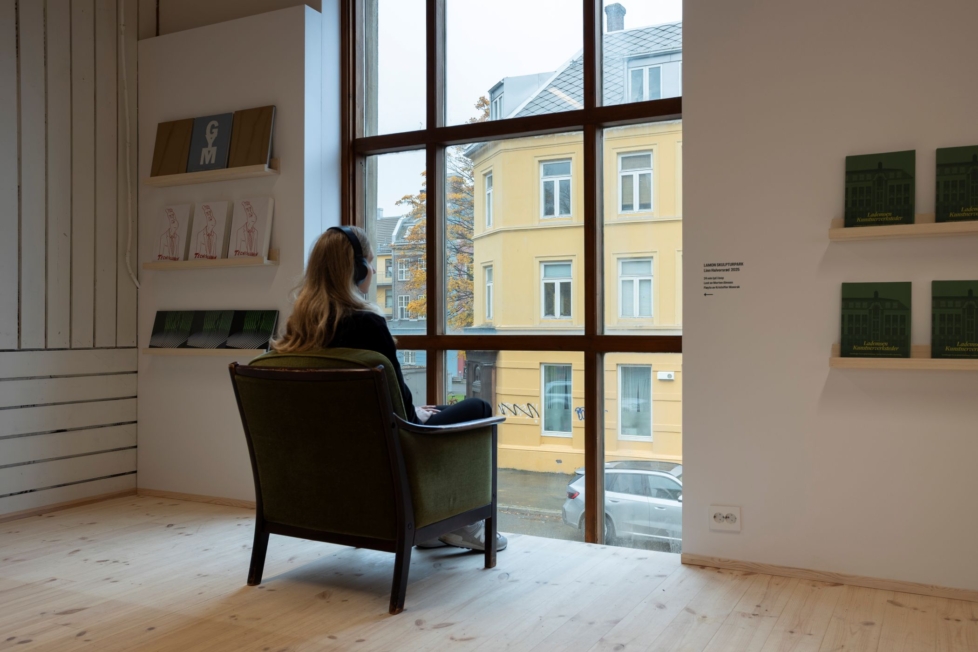
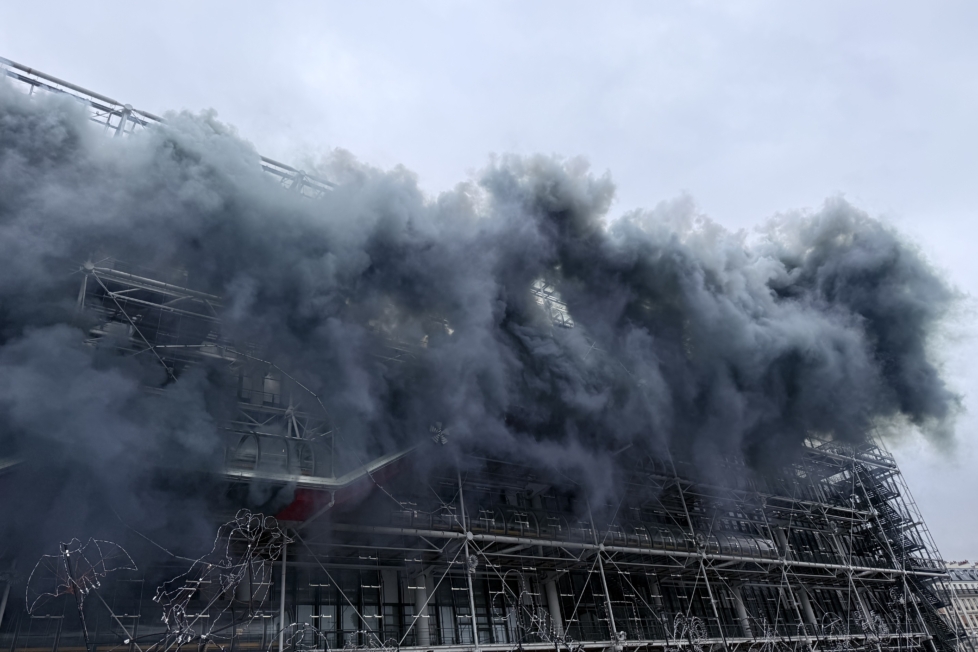
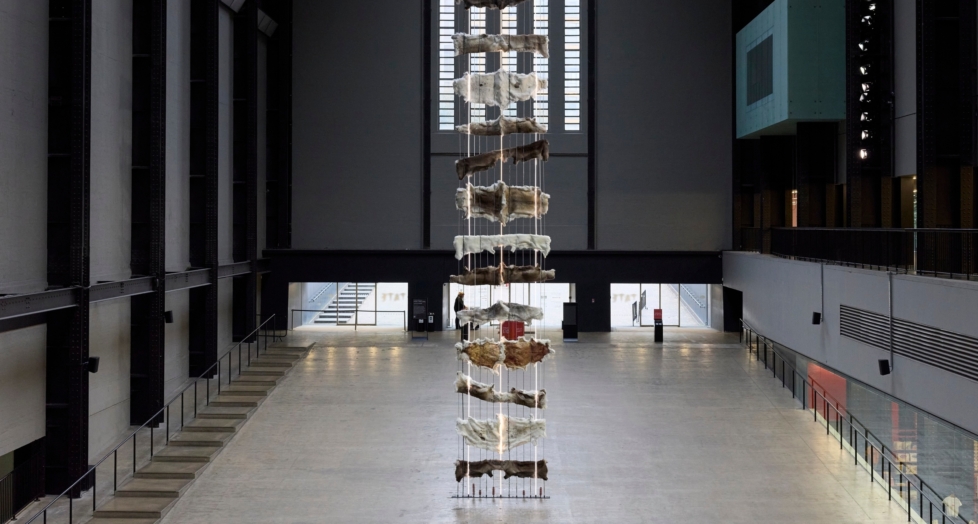
Diskussion